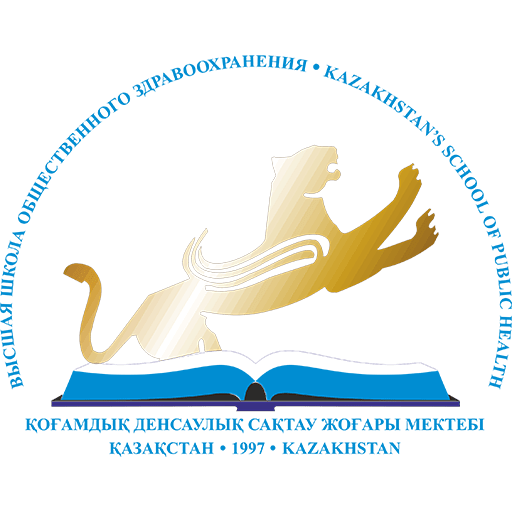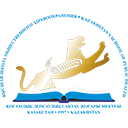As of July 1, 2024, all medicines produced in Kazakhstan are subject to mandatory labeling. The new traceability mechanism covers the entire journey of a pharmaceutical product—from the manufacturing plant to the point of sale in pharmacies. Here’s how the system works in practice.
What information does the label contain?
All medicines manufactured after July 1, 2024, must bear a unique Data Matrix code. Now, every consumer can verify the authenticity and legality of a medicine within seconds by scanning the unique code using the Naqty Onim app. The labeling stores detailed information about the drug: name, quantity, dosage, manufacturer, and the product’s movement through the supply chain.
Digital labeling ensures transparency in the pharmaceutical market, helping to combat counterfeit products and reduce health risks for citizens.
Who is responsible for labeling medicines?
Manufacturers, importers, distributors, pharmacies, and medical institutions—all participants in the pharmaceutical supply chain—must register in the system of the Unified Operator of Goods Labeling and Traceability, known as Tanba (hereinafter referred to as the Unified Operator). Once registered, they are granted access to a personal account where they manage labeling codes and track the movement of products at every stage.
According to the order on the formation and adjustment of individual identification numbers for foreigners and stateless persons temporarily residing in Kazakhstan, foreign manufacturers, just like domestic ones, can independently operate within the labeling system. Moreover, Kazakhstani importers can also order unique codes on behalf of foreign companies.
How does the labeling and traceability system work?
Before medicines are released into circulation, the manufacturer must request unique Data Matrix codes from the Unified Operator and apply them to the packaging. This data is then entered into the Goods Labeling and Traceability Information System.
The next stage in the supply chain involves importers and distributors, who receive the already labeled products. If a code is unreadable or missing from the system, the medicine cannot be approved for sale or use.
At the final stage of the pharmaceutical supply chain in Kazakhstan are pharmacies and medical organizations. This is where medicines are handed over to the end consumer—either a customer or a patient. Each stage is reported to the Unified Operator’s system.
Pharmacy and medical organization systems are already integrated with the national labeling and traceability platform. After a medicine is sold or dispensed to a patient, the information is transmitted to the Unified Operator’s system, and the product is officially removed from circulation. Stay up to date with our news at https://ksph.edu.kz/ and on our Telegram channel Mediclub.


